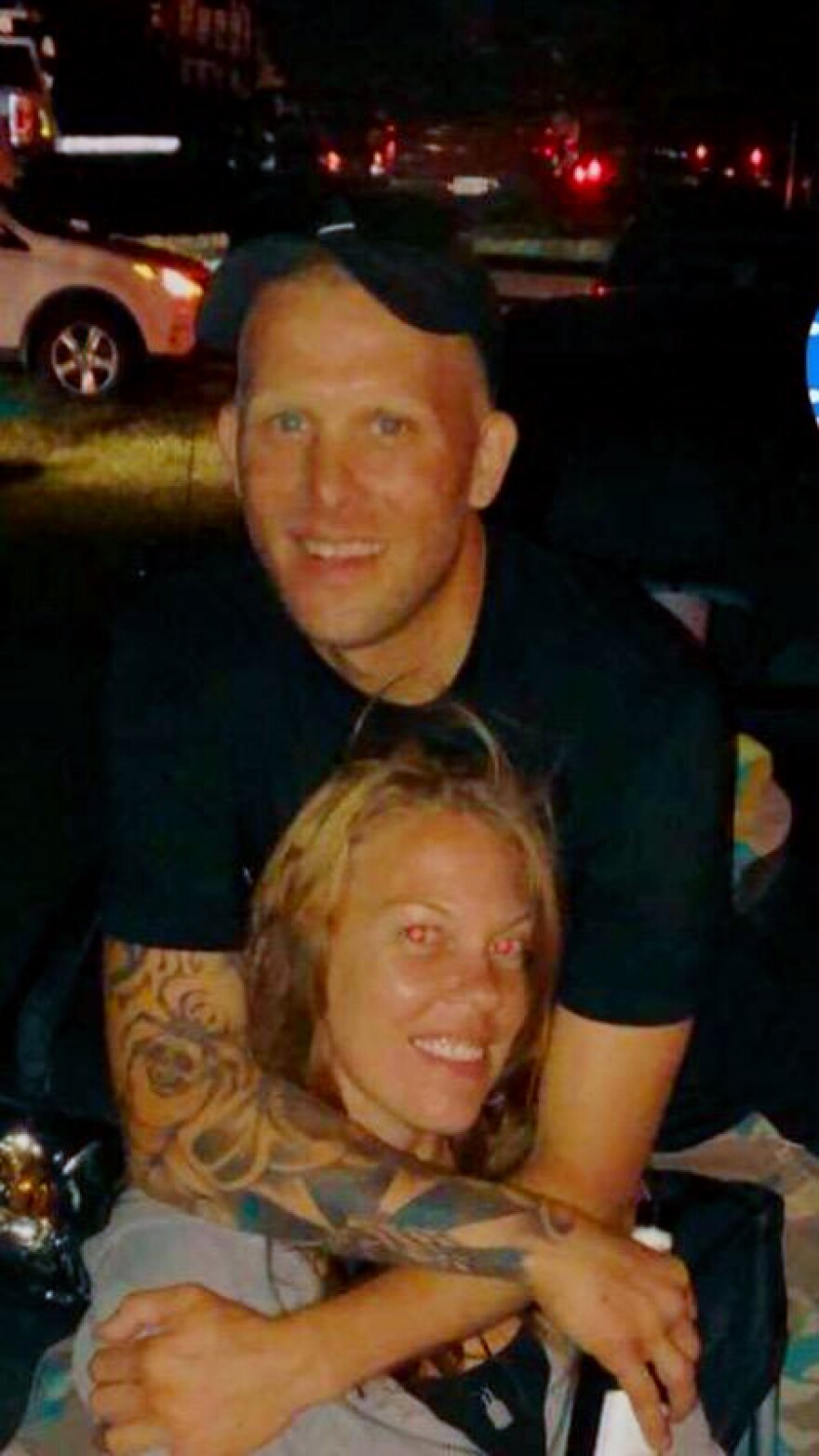Two men have died by suicide at the Rockingham -Harrisonburg Regional Jail this year. WMRA's Randi B. Hagi reports in the first of a two-part series.
The suicides are the first deaths at the jail since another man died by suicide in 2014, according to Sheriff Bryan Hutcheson. In both recent cases, the sheriff's office called in the Virginia State Police to investigate.
State Police Sergeant Brent Coffey told WMRA that nothing appeared suspicious about either death. But one of the men's loved ones feels that she hasn't been given enough answers. Chelsea Mullins lost her fiance, Shannon Jennings, on July 29th.

CHELSEA MULLINS: I honestly, in my heart, I feel like there was definitely something else involved, or maybe even a guard, because the timelines they have given me don't add up to what I was told by another guy in his pod.
A pod is another term for jail block. And to be clear, state police investigators have not turned up any evidence that anyone else was involved in Jennings’ death. He was being held on federal charges of being a felon in possession of a firearm.
According to court documents, Jennings was arrested on the gun charge on June 25th. He was soon released from custody to await trial. But on July 1st, his probation officer went to Jennings' mother's house to see him, and he wasn't there. The officer later found him at a hotel, and Jennings tested positive for meth at that time. The court then issued another arrest warrant for Jennings, and he was taken back into custody on July 9th.
Over the next few weeks, Jennings' lawyer, the judge, and the probation officer all went back and forth about whether or not he could be released while awaiting trial, and if so, under what conditions. Even in these dry court papers, Jennings is documented as being distressed. In a bond hearing on the 12th, the judge wrote he was, among other things, concerned about [quote] "his seemingly desperate and tearful presentation at the hearing."
Eight days later, his attorney filed a motion for the court to reconsider Jennings' bond. He told the judge, [quote], "he has four children, one of which turns a year old this week. He was emotional because he will most likely miss the infant's first birthday."
Nine days later, July 29th -- the day of his death -- Jennings had a short court appearance by video scheduled for 3:10 p.m.
MULLINS: I spoke to Shannon at 1:07. Everything sounded fine with Shannon. We thought he was being released that day. And the guy from the pod told me, he was like, Chelsea, he was like, Shannon left, he packed his stuff that morning. Everybody thought when he left that he was going to go home, that he was being released. He said he never came back to that pod.
In the bond hearing that afternoon, Jennings' probation officer pushed for him to be sent to an inpatient substance abuse program. The judge ordered that Jennings be assessed by a mental health provider so they could recommend either inpatient or outpatient treatment. That evaluation had not yet been scheduled by the time he died.
Mullins said she was initially told that she could watch security footage of Jennings' death, but when she met with the state police investigator, he only gave her a note that Jennings left behind.
MULLINS: If he would have been released, then none of this would have happened, you know? And it's like, if they had a video of this, why wouldn't they let me see this?
Mullins said he also told her something had been smeared on the camera lens.
MULLINS: How does this happen in solitary confinement? Like, you guys are supposed to be watching them.
REPORTER: Did they give you an answer to that?
MULLINS: No. Just the fact that they're short staffed. Because I made the comment, "isn't there somebody that watched the camera? Like, during their shift, like isn't that their job?" And that's what they had told me -- well, you know, there's about 400 or so inmates. It's hard to keep track on every inmate. It's hard to watch all those cameras. Well if a camera gets blurry and starts getting fuzzy, that should be a red flag.
The hearing that day ended just before 3:30 p.m. In a recorded phone call, a state police investigator later told Mullins that Jennings died around 7 or 7:30 p.m. in a cell by himself. Sergeant Coffey told WMRA that the sheriff's office called the state police at 10:30 p.m. to investigate. His body was then taken to the medical examiner's office in Roanoke. An administrator there, Tracie Cooper, confirmed that his manner of death was suicide.
But what exactly happened that evening -- particularly in the three- to four-hour window between Jennings' court appearance and his death, remains a mystery. Sheriff Bryan Hutcheson declined to comment, and referred all questions to the Virginia State Police. Coffey said he could only divulge the date and time they were called in, the age of the deceased, and the fact that they found nothing suspicious. Jennings' attorney declined to be interviewed, and his mother and probation officer -- the officer being, perhaps, the last person who saw him alive -- did not respond to requests for an interview.


